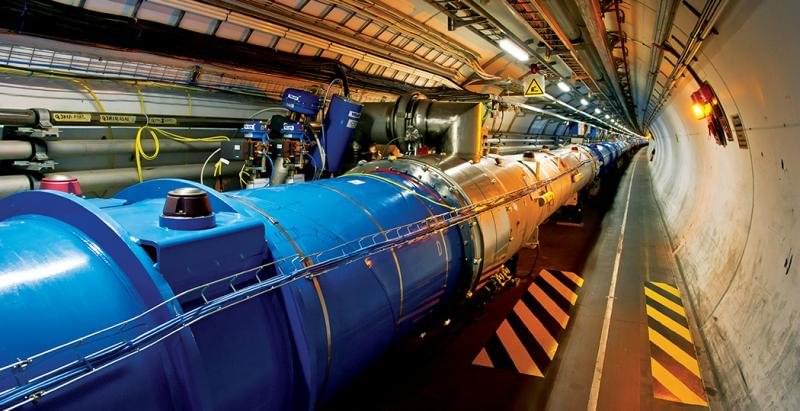Aptima will lead the commercialization arm of DARPA’s Semantic Forensics program (SemaFor), building on its prior role as the test and evaluation lead for the initiative. Launched by DARPA’s Information Innovation Office in 2020, SemaFor aims to detect and analyze media not just at the signal level such as alterations in pixel data or compression artifacts, but also at the semantic level.
The new contract represents DARPA’s attempt to push SemaFor’s cutting-edge research beyond the defense and Intelligence Community and into broader commercial and public sector adoption. The program represents a conceptual leap from earlier forensics programs by targeting the intent behind media manipulation and its effects on public understanding and discourse.
The “SemaFor program is developing technologies to defend against multimedia falsification and disinformation campaigns,” DARPA explained in its FY 2025 budget justification document. “Statistical detection techniques have been successful, but media generation and manipulation technologies applicable to imagery, voice, video, text, and other modalities are advancing rapidly. Purely statistical detection methods are now insufficient to detect these manipulations, especially when multiple modalities are involved.”







